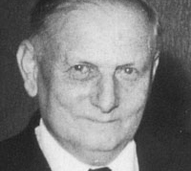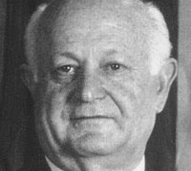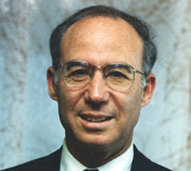About the Bank of Israel
About the Bank Of Israel
The Bank of Israel is the central bank of the State of Israel. The Bank was established in 1954. It is situated in Kiryat Ben Gurion in Jerusalem, close to the Knesset (Israel's parliament), the Supreme Court, and government ministries. The Bank has a branch in Tel Aviv (on Lillienblum Street), and there is also an extension of the Banking Supervision Department in Tel Aviv (on Yavneh Street).
The Bank is independent, and its objectives and operating methods are specified in the Bank of Israel Law, 5770-2010. Its objectives are to maintain price stability, to support the Government's objectives -- especially growth and employment, and to support the stability of the financial system.
The Bank acts to increase public awareness of its activities and the areas of its responsibility. It does so by means of its publications, press releases, etc. In addition, there is a Visitors Center in the Bank's premises in Tel Aviv (on Lillienblum Street), with an exhibition showing the development of money and the issue of money, and with films, lectures and games explaining the main functions of the Bank.


Functions of the Bank
Previous Governors of the Bank and Years in Office
History of the Bank
The history of the Bank of Israel is interwoven with the history of the state. The question of creating a central bank, or as it was called, the State Bank, was discussed in the Ministry of Finance in 1948, immediately after the establishment of the State of Israel. The matter was shelved due to the pressure of events, but an immediate solution was required to the problem of issuing a currency for the young State. Thus the Bank Notes Ordinance, 5708-1948 was introduced, becoming effective on August 17, 1948.
The ordinance defined the authority to issue banknotes in a charter between the government and the Anglo-Palestine Bank, later Bank Leumi Le-Israel B.M. Under the terms of the charter, the Anglo-Palestine Bank set up a special department, the Issue Department, whose task was to issue banknotes. At the same time, the Bank also formed a department to manage State loans.
The process of replacing the notes of the Israel Currency Council with those of the Anglo-Palestine Bank began immediately after the Bank Notes Ordinance went into effect and the charter was signed, and was completed by the end of October 1948.
The other functions for which a central bank is usually responsible -- monetary policy, banking supervision, etc. -- were at that time the responsibility of the Ministry of Finance.
In March 1951 the Minister of Finance, Eliezer Kaplan, appointed the Committee for the Establishment of a State Bank. The committee, which he headed, submitted its findings in September 1952. These consisted of general recommendations in two areas: the organization of the bank, and the relationship between the bank and the government. The report provided the basis for the preparation of the Bank of Israel Law, which was coordinated by the first Director-General of the Ministry of Finance, David Horowitz, subsequently the first Governor of the Bank of Israel. The major issues dealt with were defining the relationship between the central bank and the government, and guaranteeing the Bank's independence.
The Bank of Israel Law, 5714-1954 was passed by the Knesset on August 24th, 1954, and became effective on December 1 of the same year. On that date the Bank of Israel was officially established. The Law replaced the Bank Notes Ordinance of 1948 and other legislation introduced by the Provisional Council of State, which had hitherto regulated the subjects which became the responsibility of the central bank.
Once established, the Bank of Israel took over the Issue Department of Bank Leumi Le-lsrael B.M. and the Banking Supervision Department of the Ministry of Finance. Foreign exchange control was transferred to the Bank of Israel in 1978.


































